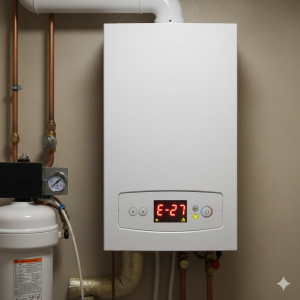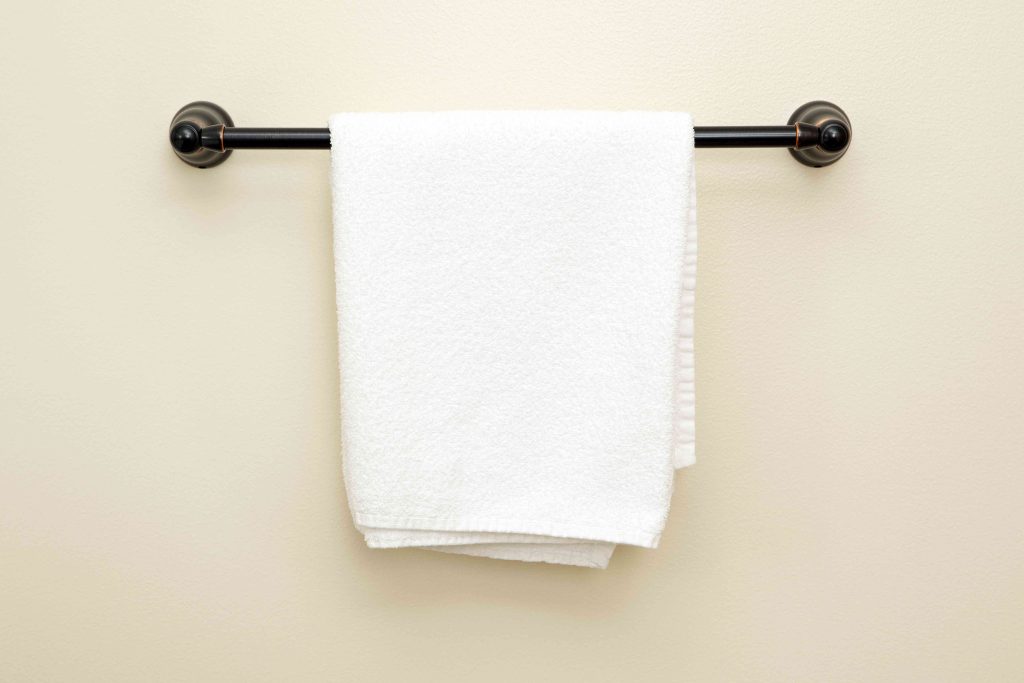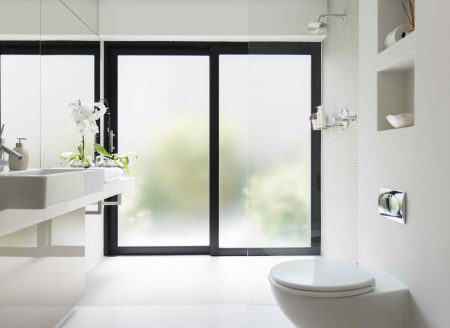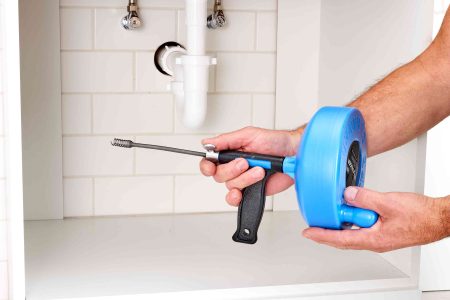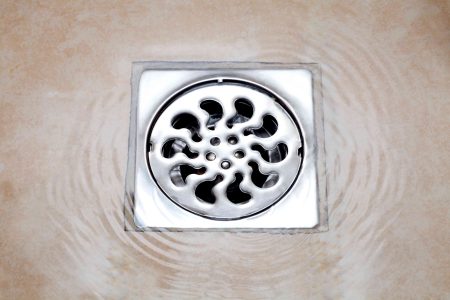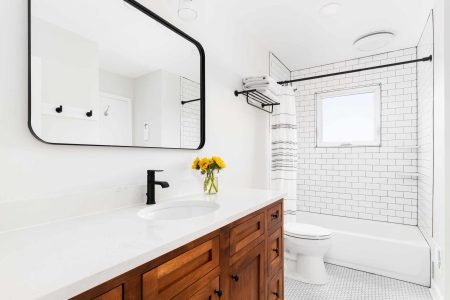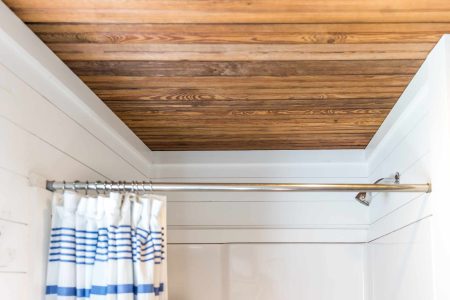Towel bars are infamous for coming out of the walls, leaving damaged drywall behind. Most often, this failure is due to poor installation rather than poor design. If you want your towel bar to last, you must install it directly into studs or anchor it securely to the drywall. Installing a towel bar securely is the only way to ensure it holds up to the weight of heavy wet towels day after day.
Read ahead to learn how to install a towel bar the right way, with or without a stud.
Before You Begin
Towel bars are available in several widths. So, before you head out and grab your towel bar, measure your intended spot to see what size towel bar will look and function the best.
In an ideal world, each end of the towel bar would be securely fastened to a stud. This almost never happens, but if possible, it will make your towel bar much stronger. If two studs aren’t available for your positioning and the length of your towel bar, hitting one stud is better than none. Lastly, if hitting one stud puts your towel bar in an awkward position, simply place drywall anchors on each side. It’s not the best option, but it will work if done properly.
Additionally, you’ll need to determine the ideal height for your towel bar. The rule of thumb for towel bar height is 48 inches, but this can be adjusted to better suit your family and your intended use for the towel bar, such as hanging hand towels, drying bath towels, or stashing spare towels for house guests.
What You’ll Need
Equipment / Tools
- Pencil
- Measuring tape
- Level
- Hammer
- Drill
- Drill bits
- Screwdrivers
- Stud finder
Materials
- Towel bar with hardware
- Drywall anchors and screws (optional)
- 2-inch wood screws (optional)
Instructions
How to Install a Towel Bar
-
Mark the Wall
Mark the spot on the wall where you wish to install the towel bar. If your towel bar came with a template, use it. Otherwise, simply hold the towel bar on the wall and mark two spots on the wall that line up with the mounting points on the towel bar brackets. Then, remove the towel bar and check the marks with a level to ensure they are level.
-
Drill Holes in the Wall
On each mark, drill holes using the proper bit for your screws and anchors. If you’re mounting directly into a stud, use a bit slightly smaller than your mounting screw. If using drywall anchors, use the bit size specified for your anchor.
-
Drive the Anchor Into the Drywall
Place the anchor into the hole and lightly drive it in using a hammer until it sits flush with the drywall surface.
-
Mount Towel Bar Brackets
Remove the brackets from the towel bar and mount them on the wall using the provided screws.
-
Attach the Bar Holders and Bar
Slide the bar holder onto the bracket and secure it using the set screw. Slide the bar and second bar holder into place and tighten the second set screw.
Tips to Ensure Your Towel Bar Lasts
There are simple habits that can help your towel bar last for years to come. Refrain from overloading your towel bar with heavy towels, as this can cause it to pull from the wall. If your towel bar is used for holding hand towels, make a habit of removing the towel to dry your hands rather than drying your hands while the towel is on the bar. Pulling on the towel to dry your hands regularly will place undue strain on the hardware, pulling it from the wall little by little.
-
How do you anchor a towel bar?
To anchor a towel bar, use drywall anchors that create a strong hold in the drywall. Look for anchors that will grab the back of the drywall or thread into the drywall, rather than the traditional anchors that pop into a pre-drilled hole.
-
Do you need studs to mount a towel bar?
You don’t have to mount a towel bar into wall studs, but doing so will increase the chances of the towel bar lasting in the long term. Even mounting one side of the towel bar into a stud and the other into a drywall anchor is better than using no stud at all.
-
How do you install a towel bar without a drill?
To install a towel bar without a drill, swap the traditional drywall anchors for anchors that don’t require a drill. These anchors can be driven into the wall, then screwed into place using a standard screwdriver.
Read the full article here
